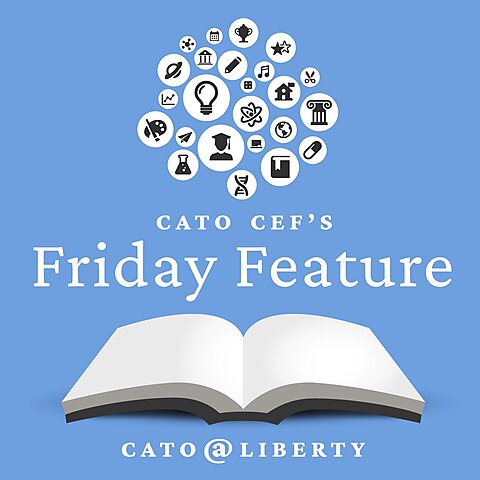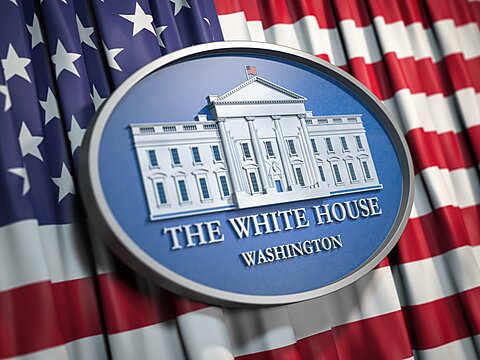
Farm Bill Palooza
Congress will consider a new farm bill this year, which will likely be a logrolling extravaganza costing $1.5 trillion or more over the coming decade. Just as Lollapalooza had a diverse lineup of bands, the farm bill will include a diverse lineup of subsidies for farms, food programs, energy, rural programs, forestry, trade, environmental activities, and many other things. Hemp production used to be illegal but now gets subsidized in the farm bill.
In his book on government dysfunction, MSNBC host and former congressman Joe Scarborough described the logrolling frenzy leading to the passage of the 2002 farm bill, which he called the “largest corporate welfare scam in history.” He discussed how dairy subsidies were demanded by members from Maine, Pennsylvania, and Vermont, peanut subsidies were demanded by members from Virginia, Alabama, and Georgia, and sugar subsidies were demanded by members from Florida. The logrolling continued for cotton, wheat, wool, mohair, and many other products.
Scarborough concluded, “Standing alone, not one of these corporate welfare measures could survive the bright light of public scrutiny.” That is the key point about logrolling. Unfortunately, logrolling is central to the modern legislative process because the government has grown too large to consider individual provisions on their own merits.
Logrolling means that bills jammed full of special‐interest provisions can gain majority support even if none of the provisions could gain majorities by themselves. Logrolling involves committee chairs or party leaders bundling together narrow subsidies benefiting particular states and interest groups. If democracy means majority support for specific policies, then logrolling undermines democracy.
The problem with logrolling has been observed since at least the mid‐19thcentury when omnibus bills bundled dozens of Army Corps of Engineers projects across many states. At the time, people objected that these bills included low‐value projects that did not have broad support. The federal government is much larger today, and so the logrolling problem is worse, as I discuss here and here.
Here is a June 2023 Congressional Research Service (CRS) report on the upcoming farm bill: “The omnibus nature of the farm bill can create broad coalitions of support among sometimes conflicting interests for policies that individually might have greater difficulty achieving majority support in the legislative process.” That is a polite way of saying that if you bundle a bunch of loser provisions together you can end up with a legislative winner.
Farm bill logrolling is becoming more extensive says the CRS:
In recent years, more stakeholders have become involved in the debate on farm bills, including national farm groups; commodity associations; state organizations; nutrition and public health officials; and advocacy groups representing conservation, recreation, rural development, faith‐based interests, local food systems, and organic production. These factors can contribute to increased interest in the allocation of funds provided in a farm bill.
What can we do about it? The official baseline for the farm bill this year is $1.5 trillion over 10 years. Farm bill leaders in Congress think of the baseline as the minimum pot of money they can carve up and handout to dozens of special‐interest groups in coming months. But the federal government is hurtling toward a debt crisis, and business as usual is not acceptable. The bipartisan debt‐ceiling deal passed in May reflected a new priority of controlling red ink. We need belt‐tightening all around and a much lower price tag than $1.5 trillion for any farm legislation.
I look at logrolling in detail here and here and farm subsidies here.



